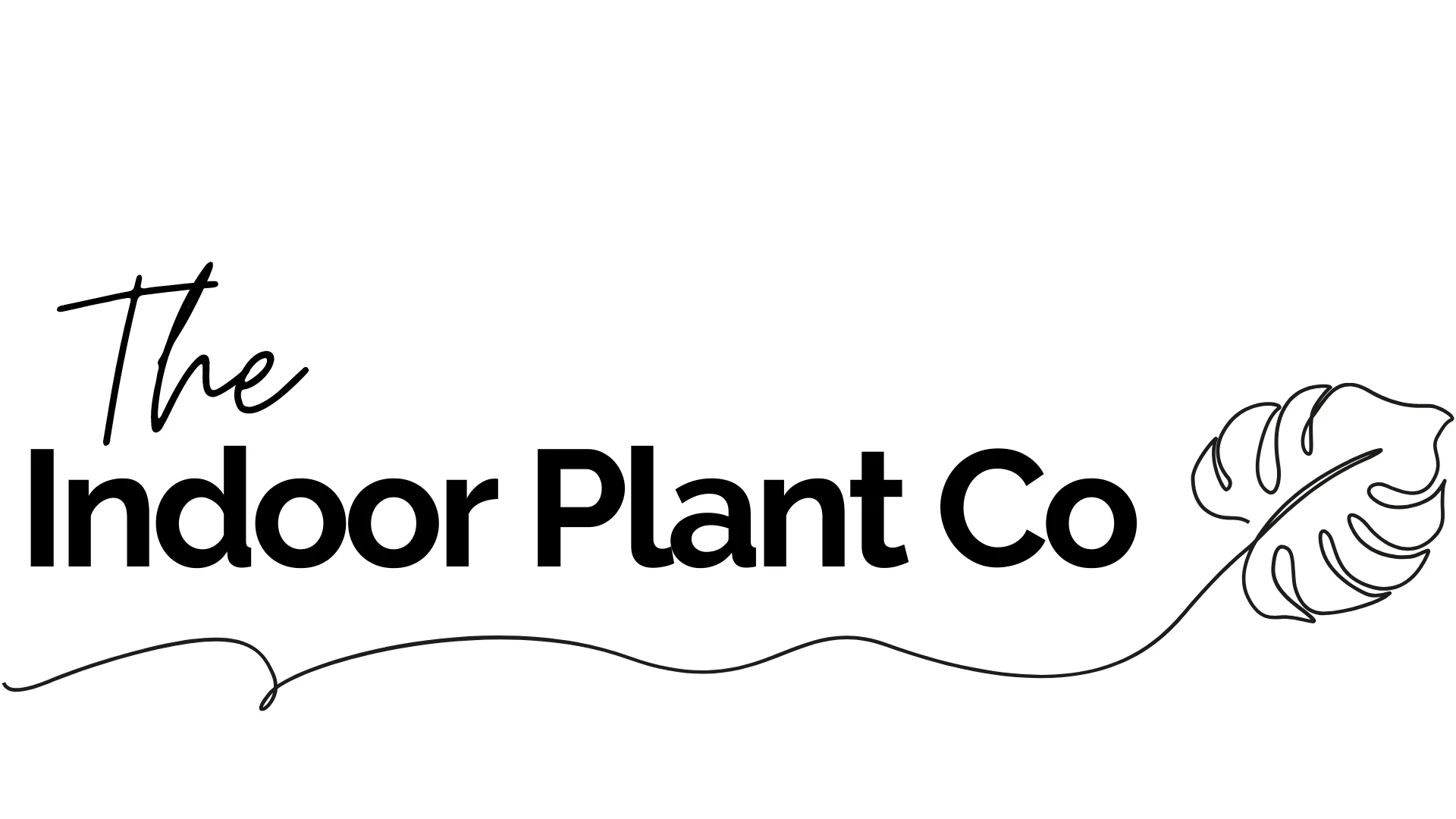A beginner's guide to indoor plant pests
Houseplants generally have fewer pest and disease problems than those out in the garden but they can still suffer.
The best way to beat harmful pests and diseases is to look after your plants well. Ensure they are getting the right amount of light, water, and fertilizer and act fast if you see problems.
Trim off brown or damaged leaves and clear them away to halt the spread of the problem. A plant that is obviously under serious pest or disease attack should be moved well away from your other plants so the bad guys don’t spread. Alas, seriously damaged plants may need to be thrown away.
Here’s what to look for, plus some tips on how to treat the problem:
Aphids: These pesky little sap-suckers are rarely a major problem for indoor plants but an infestation can do a lot of damage. Look for: Damaged or distorted leaves, small pear-shaped green, yellow or brown insects, particularly under leaves. Treatment: Wash them off with water. Try mild insecticide such as pyrethrum spray if washing fails to defeat them.
Fungus gnats: These tiny mosquito-like flies buzzing around your plants aren’t a direct threat to them, but their offspring are. The gnats lay eggs in potting soil, and the resulting larvae are the problem. They feed on fungi, but also like organic matter and may chew on the roots of your plants. Look for: Tiny black flies and/or a slime trail across the soil surface. Treatment: Avoid overwatering and allow the top few cms of soil to dry before watering again. Good drainage is essential. A 2cm layer of sand on top of the potting soil may help because it drains quickly. Watering from the bottom is also worth a try (sit the pot in a saucer of water for 30 minutes so it can take up water through the drainage holes, then dispose of any water left in the saucer.). Try pyrethrum spray or neem oil if this fails. Many houseplant fans swear by hydrogen peroxide used as a soil drench as the ultimate treatment if all else fails. Double-check mixing rates before applying. There are also biological controls available, including nematodes, mites, and “biological insecticides”. Yellow sticky traps help reduce the number of flying adults, but are unlikely to solve the problem by themselves.
Mealybugs: Probably the most common pest on indoor plants, mealybugs can appear on just about any part of the plant. Look for: While they are a slightly oval shape, mealybugs look like little white spots of cotton wool and often clump together. Treatment: Spray with soapy water then wipe leaves and stems with a cloth after a few minutes. If that doesn’t solve the problem, try pyrethrum spray or one of the insecticide oil products.
Scale: Scale, including the common soft brown scale, suck sap from the plant. Look for: Dark bumps on leaves and stems which can sometimes look more like a part of the plant than an insect. Treatment: Pick off individual insects then wash the plant with soapy water. Try one of the houseplant “eco oils” if the problem persists.
Thrips: These tiny black flying pests cause damage by rasping and sucking away at the surface of leaves. Look for: Black specks of excrement (frass) on leaves, damage to the plant. Treatment: Misting with water can help, or use pyrethrum spray.
Two-spotted mite (aka red spider mite): Look for: The mites are so small they are hard to see with the naked eye but damaged, mottled leaves are easy to spot. Webbing similar to a spider web can sometimes be seen under leaves. Treatment: Warm dry conditions can make the problem worse, so try misting or washing the leaves.
Whitefly: Rarely a big problem for indoor plants, but infestations can damage plants as these tiny pests suck sap from leaves. Look for: Flying pests that look like tiny white moths. Treatment: Spray with one of the low-toxicity products. Sticky yellow traps are sometimes used in greenhouses but are rarely called for in minor indoor infestations.



